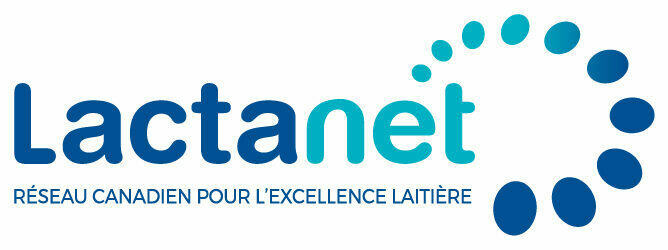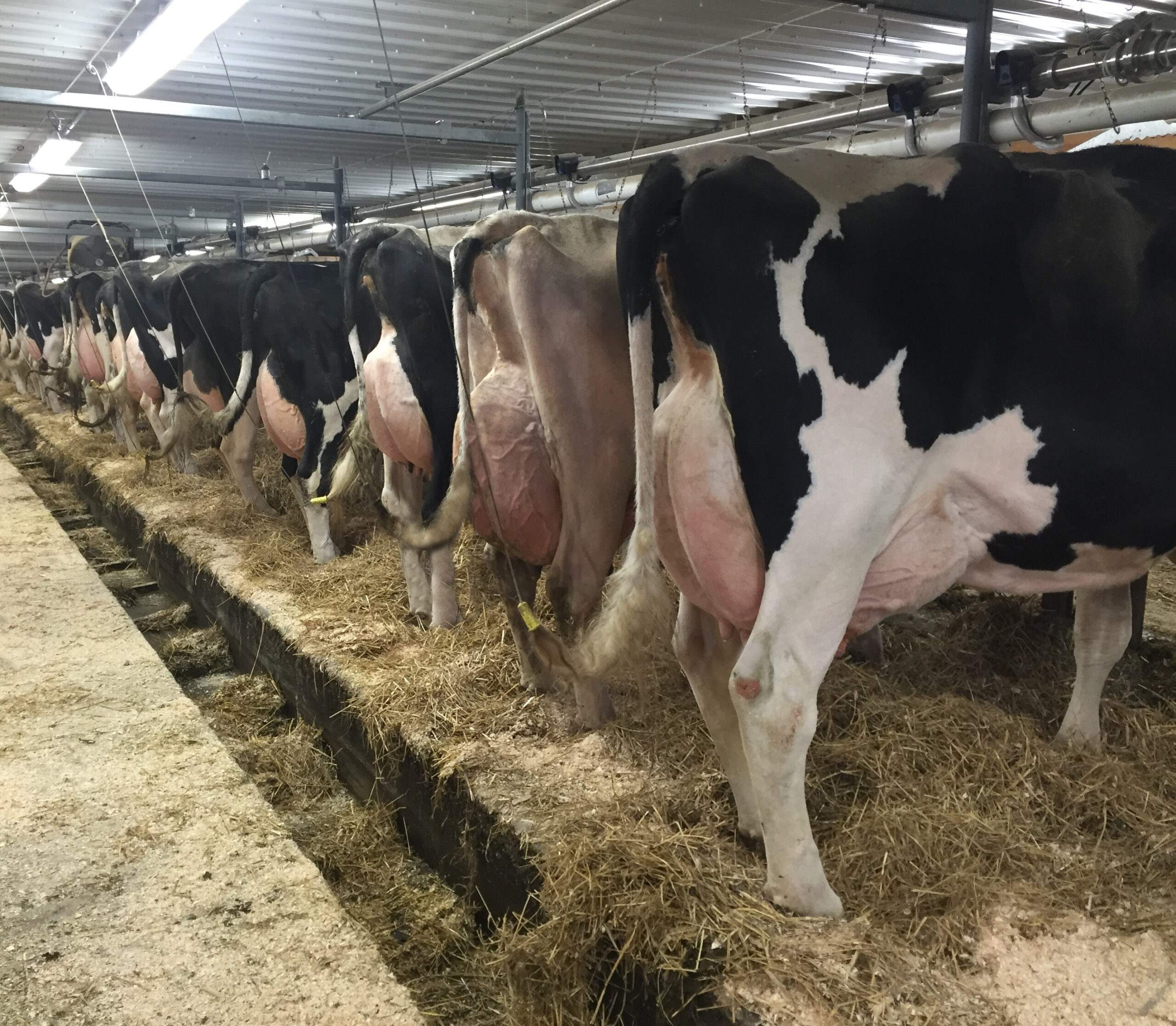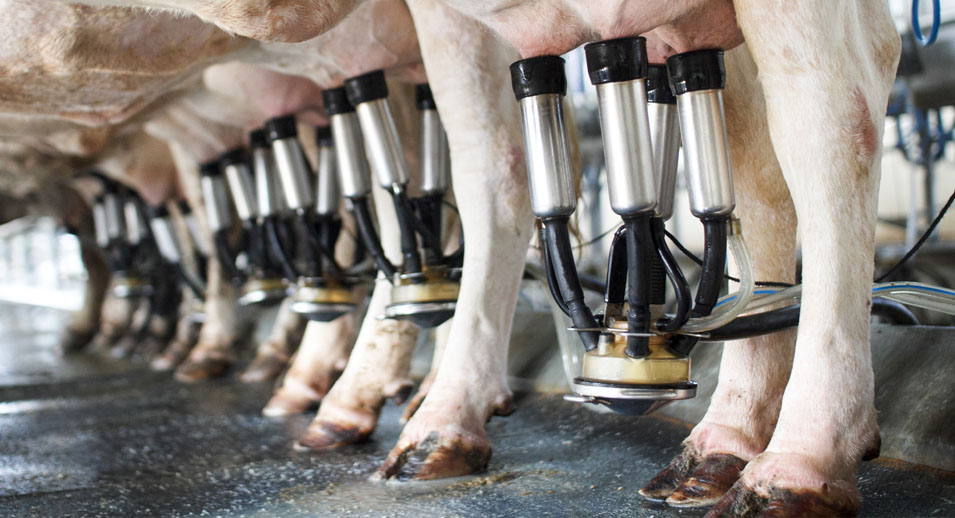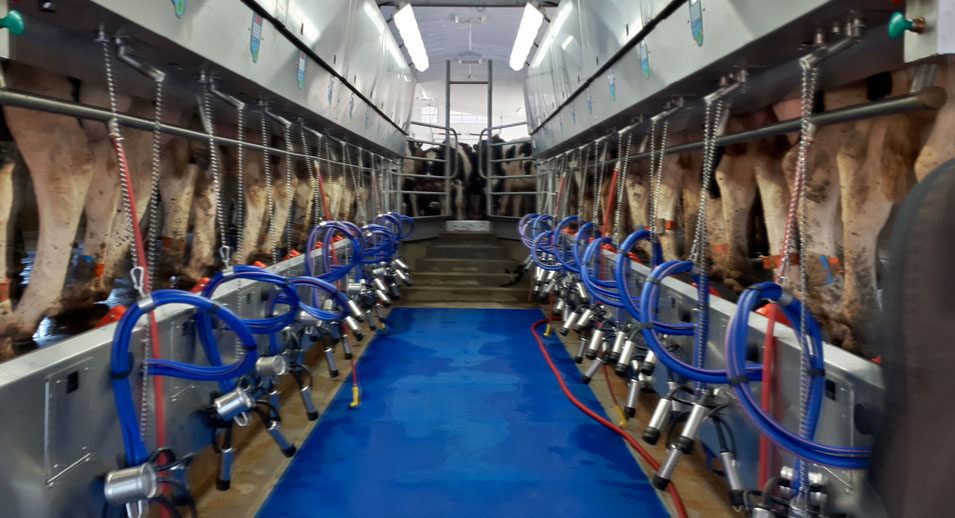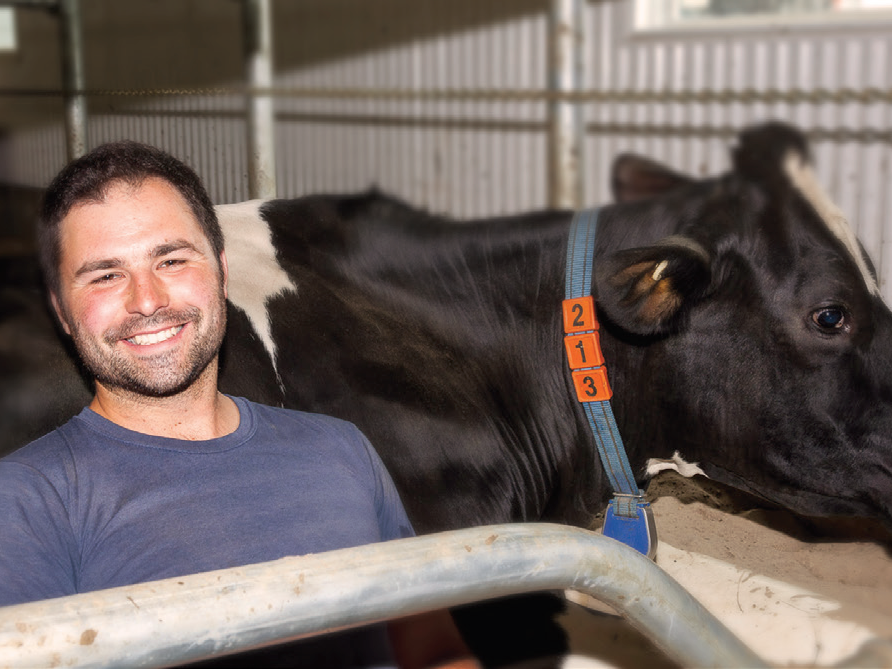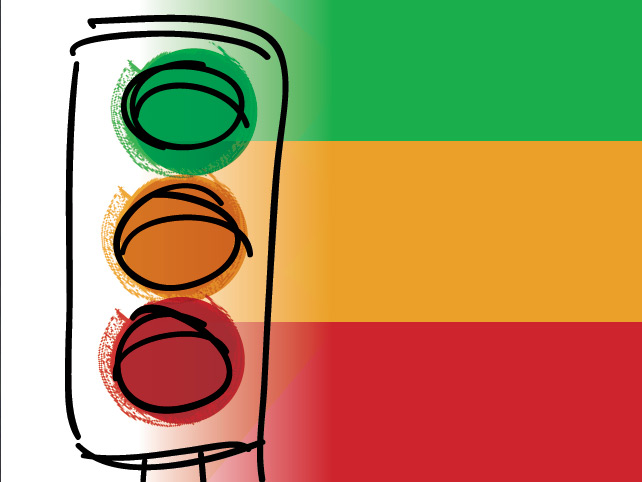How do your cows’ milk incomes compare to other Canadian cows?
- March 30, 2023
Lactanet is launching an innovative method to compare the income of Canadian dairy cows: the CRI – Cows Ranking by Income report. The CRI identifies the best cows according to the milk income they generate and ranks them according to new meaningful and easy-to-interpret indicators.
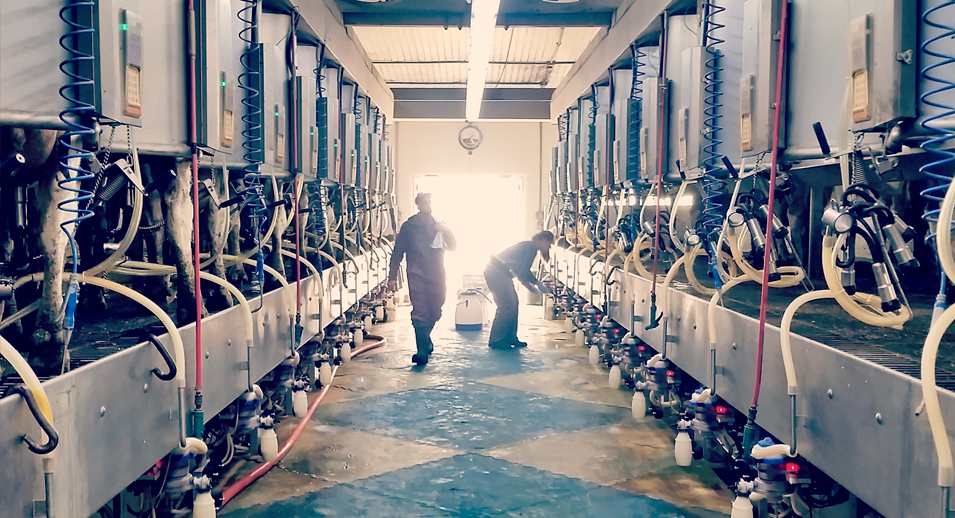
Lactanet is launching the Cow Ranking by Income (CRI) report. The CRI introduces a new and innovative method of comparing Canadian cows to each other by Age class milk income ($).
This new report was developed in response to a Lactanet Resolution submission.
A New Basis for Comparison Between Cows: The Anniversary Date
Lactanet researchers identified that comparisons between cows were most accurate when the animals were at the same life stage rather than at 305 days in milk (as used by BCAs) or production per day of life based on parity numbers. These criteria are often influenced by the management specific to the herd and performance does not always reflect the lifetime production efficiency of the cows. Therefore, for the CRI report, the birthday of each animal is used to calculate the cumulative yields (kg) of milk, fat and protein. The average price of milk components in Canada – the same as in the HPI – is used to calculate income on the anniversary date. The annual update of component prices allows the revenue to reflect current Canadian market values.
Milk revenues are expressed in two monetary values:
- The Age class milk Income ($): the total income of the cow on her birthday (usually several thousand dollars)
- The $ /Day of life : Milk income of the class/number of days since birth (usually a few dollars)
There are eight birthday classes: 3, 4, 5, 6, 7, 8, 9 and 10+ years. There are seven breeds considered: AY, BS, CN, GU, HO, JE, MS.
Comparisons Between Herds with National Percentile Ranks
It would not be obvious to compare cow incomes based on dollar values without having some comparison figures or a benchmark for the class. How does a cow reach $15,000 in revenue at five years amongst the Jersey cow population?
Percentile rankings help in the interpretation and ranking of cows over time. National percentile ranks are established by grouping all Canadian cows of the same age and breed that had their birthday in the reference year.
For each class, percentile ranks are assigned: the top cows are assigned a 99% percentile rank while the middle cows are assigned a 50% percentile rank and the lowest cows are assigned a 1% percentile rank. The annual calculation of percentile ranks allows cows to be compared with animals of the same age and breed in the same reference year.
Highlights of the New Report
The new CRI report introduces production parameters that influence Age class milk income ($), such as the yields (kg) of milk, fat and protein calculated on the birthday of each cow. The cow income values and percentile rank are shown in the section to the right as well as the most recent Pro$ values. The cows are grouped by age class and in descending order of Age class milk income ($).
The herd averages of the right columns are displayed at the bottom of each age class and for each breed. It will be of interest to each producer to find the cows with the best income values in each class and see how the income evolves as cows mature in his herd. It will also be rewarding to note the lifetime income of the older cows in the 9 and 10+ year old age classes, some of which may reach $100,000 in lifetime income.
This new report will be available on MySite.
